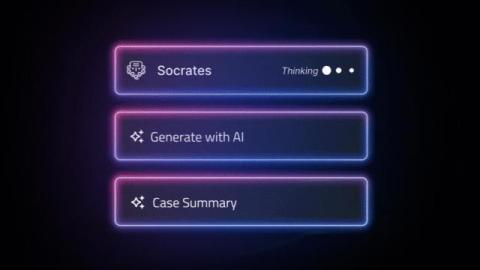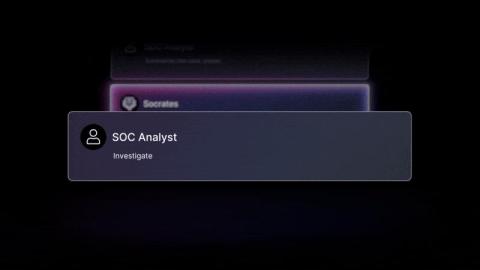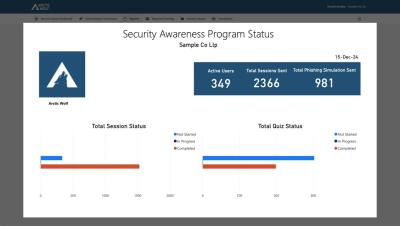AI-Driven Case Management Built for the Modern Security Team
Case management for modern SOCs can be a maze of endless alerts, overwhelming data, and intense pressure. Legacy solutions often exacerbate these issues with rigid workflows, limited automation capabilities, and a lack of real-time adaptability, leaving teams ill-equipped to handle the growing complexity of threats. The volume of cases, manual workflows, and processes leave analysts overwhelmed, exhausted, and struggling to keep pace.











